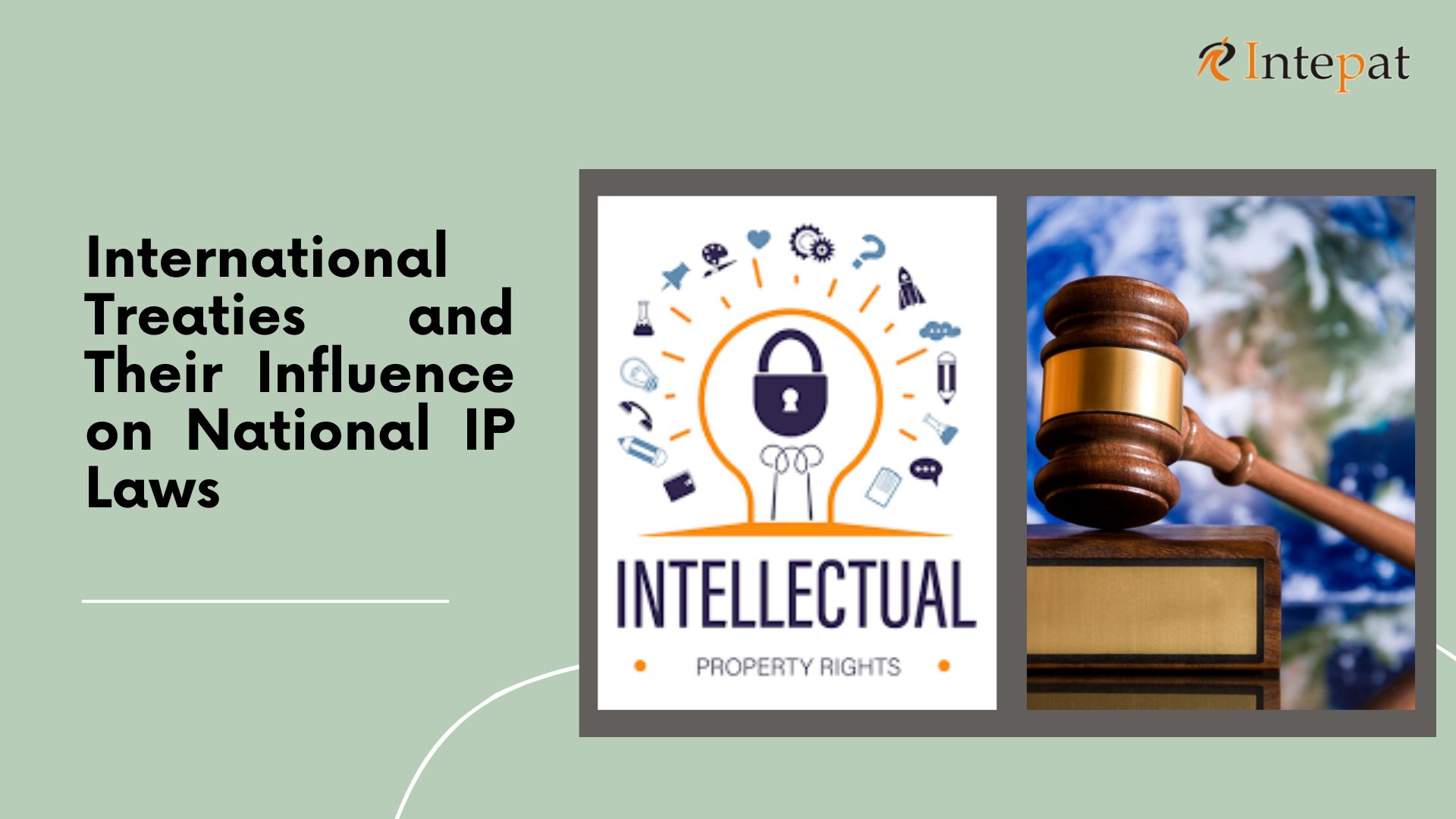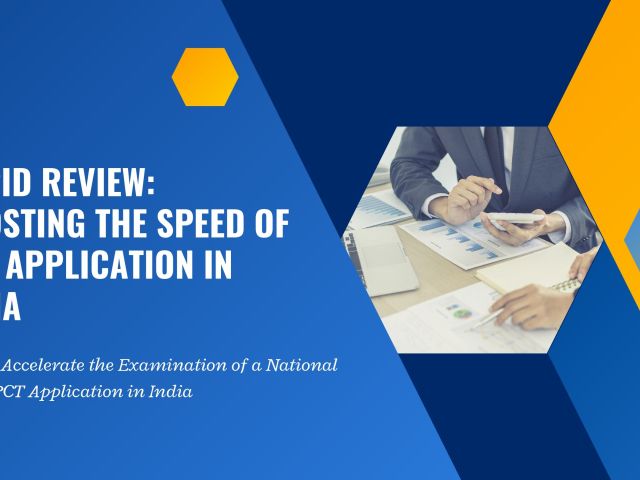The protection of intellectual property (IP) rights has become a fundamental aspect of global trade and economic development. As innovation transcends borders, the need for cohesive legal frameworks to protect IP rights internationally has grown significantly. International treaties play a crucial role in establishing baseline standards and fostering cooperation among nations, thereby influencing national IP laws. This article explores major international IP treaties, their impact on national legislation, and the challenges of harmonizing diverse legal frameworks.
Overview of Major International IP Treaties
The realm of Intellectual Property (IP) is inherently global, as the creations it protects—such as inventions, literary and artistic works, designs, and trademarks—often transcend national borders. To ensure that these creations are adequately protected worldwide, a network of international treaties has been established. These treaties set out minimum standards for IP protection and enforcement that member countries must incorporate into their national laws.
The interplay between international treaties and national IP laws is a dynamic and complex relationship. On one hand, international treaties provide a framework for harmonizing IP laws across different jurisdictions, promoting consistency and predictability in IP protection. On the other hand, national laws must adapt these international standards to fit their unique legal, economic, and social contexts. This dual influence ensures that while there is a common baseline for IP protection globally, countries retain the flexibility to address their specific needs and priorities.
International treaties such as the TRIPS Agreement, the Berne Convention, the Paris Convention, and the Madrid System play pivotal roles in shaping national IP laws. They influence how countries protect and enforce IP rights, fostering international cooperation and facilitating the global exchange of knowledge and innovation. However, the process of harmonizing national laws with international standards is not without challenges. Differences in economic development, legal traditions, and policy priorities can lead to variations in how countries implement treaty obligations, resulting in a diverse landscape of IP protection.
i. The TRIPS Agreement and Its Impact on National IP Legislation
The Agreement on Trade-Related Aspects of Intellectual Property Rights (TRIPS) is one of the most comprehensive international IP treaties. Administered by the World Trade Organization (WTO), TRIPS establishes minimum standards for various forms of IP, including patents, copyrights, trademarks, and trade secrets. It mandates that member countries incorporate these standards into their national laws, significantly influencing domestic IP legislation. This agreement outlines procedures for enforcing IP rights, including the need for effective judicial remedies against infringement.
For instance, The TRIPS Agreement has strengthened patent protections in many developing countries, fostering innovation but raising concerns about access to essential medicines. It requires 20 years of patent protection for all inventions in any technological field. While promoting IP protection, TRIPS also encourages consideration of public health, leading to debates on balancing these interests. Developing countries have faced challenges in implementing TRIPS, prompting initiatives for technical assistance. Many have amended their IP laws to comply, resulting in stronger protections and significant changes, especially in countries with previously weaker IP protections.
ii. The Berne Convention and Copyright Protection Across Borders
The Berne Convention for the Protection of Literary and Artistic Works, administered by the World Intellectual Property Organization (WIPO), focuses on copyright protection. It ensures that works originating in one member country receive the same protection in all other member countries, fostering equality among creators through the principle of National Treatment. This treaty has been instrumental in harmonizing copyright laws globally, ensuring that authors and creators are protected internationally without the need for formalities such as registration or publication considering as one of the key principles of the Berne Convention, as an “automatic” protection of works. Works are protected as soon as they are created, meaning authors do not have to fulfill formalities to enjoy their rights. The Berne Convention also recognizes the moral rights of authors, including the right to attribution and the right to integrity of the work. This principle has influenced national copyright laws by simplifying the process of obtaining copyright protection and ensuring that creators’ rights are recognized and enforced across borders.
The Berne Convention has significantly shaped national copyright laws. Many countries have enacted laws that align with Berne principles, enhancing protections for authors and creators. The convention has fostered international cooperation in addressing copyright infringement, leading to the establishment of treaties addressing specific issues like digital rights. As digital technologies evolve, countries have adapted their copyright laws to address new challenges, such as online piracy and the protection of digital content.
iii. The Paris Convention and Its Influence on Patent and Trademark Laws
The Paris Convention for the Protection of Industrial Property, administered by WIPO, is one of the oldest international treaties in the field of IP. It provides a framework for the protection of patents, trademarks, and industrial designs. One of its key provisions is the right of priority, which allows an applicant to use the filing date of their first application in one member country as the effective filing date in other member countries, provided they file within a certain period. This has streamlined the process of obtaining international patent and trademark protection.
The Paris Convention also includes provisions on the independence of patents and trademarks obtained in different countries. This means that the granting of a patent or trademark in one member country does not affect the decisions of other member countries. Similar to the Berne Convention, the Paris Convention mandates that foreign applicants receive the same treatment as domestic applicants. The convention establishes principles against unfair competition, ensuring fair practices in trade and commerce. This principle has influenced national laws by ensuring that IP rights are respected and enforced independently in each country, providing greater certainty and stability for IP owners.
The Paris Convention has had a lasting impact on how countries approach industrial property. Many countries have revised their patent and trademark laws to align with Paris principles, leading to more robust and consistent protections. The Paris Convention has also prompted countries to strengthen enforcement mechanisms against infringement, ensuring that rights holders can effectively protect their interests.
iv. The Madrid System for the International Registration of Marks
The Madrid System, administered by WIPO, facilitates the international registration of trademarks. It allows trademark owners to seek protection in multiple countries by filing a single application. This system simplifies the process and reduces the costs associated with obtaining and maintaining trademark protection internationally. Businesses can easily expand their trademark protection to new markets as they grow, enhancing their global presence. The Madrid System allows for the centralized management of trademark registrations, making it easier for businesses to maintain their IP portfolios. The influence of the Madrid System on national laws is significant, as it requires member countries to align their trademark registration procedures with international standards.
The Madrid System has transformed how countries approach trademark registration. By simplifying the registration process, the system encourages more businesses to seek trademark protection, fostering a culture of brand protection. It has facilitated international cooperation among member countries, promoting a harmonized approach to trademark protections. Enhanced trademark protection contributes to economic growth by encouraging investment and innovation in branding.
Challenges in Harmonizing National IP Laws with International Frameworks
Despite the benefits of international treaties, harmonizing national IP laws with these frameworks presents several challenges. Differences in economic development, legal traditions, and policy priorities can lead to variations in how countries implement treaty obligations. For example, while TRIPS sets minimum standards, countries have flexibility in how they achieve these standards, leading to disparities in IP protection and enforcement. Additionally, balancing the interests of IP rights holders with public policy objectives, such as access to medicines and knowledge, remains a contentious issue. Another challenge is the enforcement of IP rights. While international treaties set out the standards for IP protection, the enforcement of these rights is primarily the responsibility of national governments. This can lead to inconsistencies in how IP rights are enforced, with some countries having more robust enforcement mechanisms than others.
Harmonizing national laws with international frameworks presents several challenges:
- Variability in National Legal Systems: Different countries have varying legal traditions, practices, and priorities, making it difficult to create a one-size-fits-all approach to IP protection. This variability can lead to inconsistencies in how treaties are implemented.
- Economic Disparities: Developing countries often face resource constraints that hinder their ability to comply with international IP obligations. Balancing the need for IP protection with public interest concerns, such as access to medicines, remains a contentious issue.
- Rapid Technological Change: The fast-paced nature of technological innovation presents challenges for existing legal frameworks. Treaties may struggle to keep pace with emerging technologies, necessitating ongoing adaptation of national laws.
- Enforcement Difficulties: Effective enforcement of IP rights is crucial for the success of international treaties. However, many countries lack the necessary infrastructure or resources to enforce IP laws effectively, leading to widespread infringement.
- Resistance to Change: Some countries may resist adopting international standards due to cultural or political factors. This resistance can create barriers to the effective implementation of treaties and hinder global cooperation.
In conclusion, the landscape of international IP governance is continually evolving. As new technologies emerge and global trade expands, international treaties will need to adapt to address new challenges and opportunities. The ongoing dialogue between international organizations, national governments, and stakeholders is crucial for ensuring that the global IP system remains fair, balanced, and effective in promoting innovation and creativity.
The future of international IP governance will likely see greater emphasis on digital technologies and the protection of IP in the digital environment. This will require updates to existing treaties and the development of new frameworks to address issues such as digital piracy, the protection of digital content, and the enforcement of IP rights in the digital space.
International treaties play a pivotal role in shaping national IP laws and fostering a cohesive global framework for IP protection. The TRIPS Agreement, the Berne Convention, the Paris Convention, and the Madrid System have established fundamental principles that guide countries in their approach to IP rights.
Written by Sarren Muhil, an assessment intern at Intepat IP.




